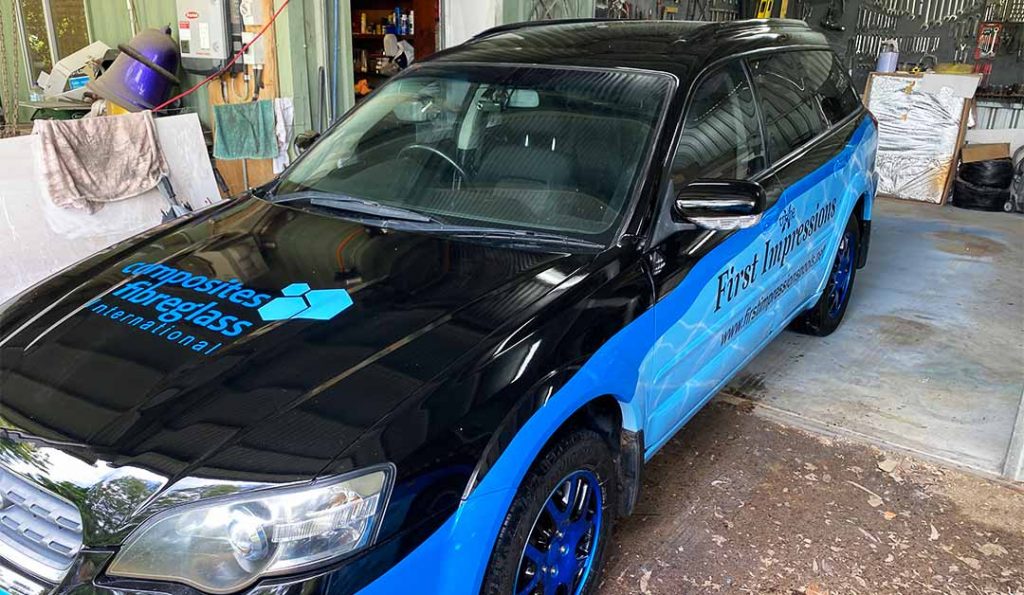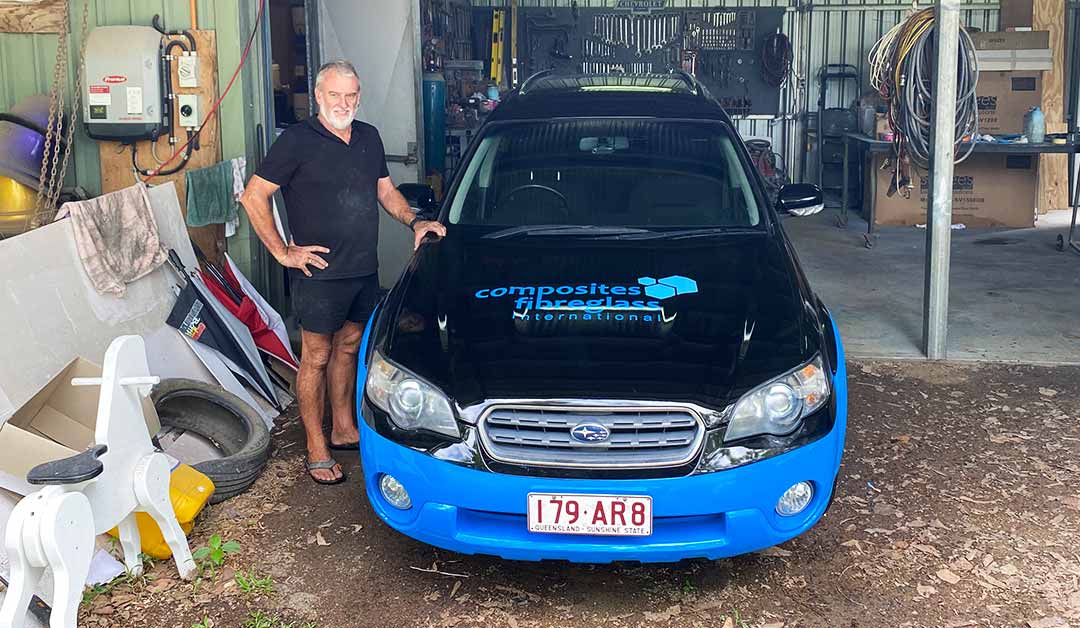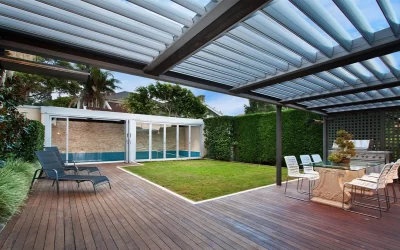CFI has partnered with Gary Grant of Xtreme First Impressions Pools!
Xtreme First Impressions is a pool refurbishment company, and we’ve partnered with them for the supply of their pool refurbishment raw materials.
Xtreme First Impressions carry out pool restoration works for all pool and spa types and cover all North Queensland from the top end of the cape down to Gladstone. They service commercial pools and private spas, bringing them back to brand new.
Why choose fibreglass pools?
Fibreglass pools are growing in popularity as they have several key advantages:
- Fibreglass pools cost around 20% less to install than a concrete pool. Ongoing costs are also lower due to less maintenance, chemicals and energy consumption.
- Installation takes just three weeks rather than three months.
- The non-abrasive surface is softer on your feet and fibreglass is not as rock-hard as concrete if your kids accidentally hit the bottom.
- Fibreglass acts a natural insulator so it holds in the heat for longer.
- The gel-coating is very smooth, preventing growth of mould and algae.
- Less cleaning, less chemicals, less energy consumption = smaller carbon footprint.
- It’s hard to believe anything is stronger than concrete, but fibreglass is very durable and can withstand movements in the earth better than concrete.
5 signs that your fibreglass swimming pool needs a resurfacing
Usually, fibreglass pools that are 15-50 years old require going through resurfacing. With age, these pools start displaying fibreglass deterioration signs such as cracks, osmosis (blisters), and top coat discolouration which can only be eliminated through resurfacing.
Sign #1: Osmosis
The Problem: Osmosis, popularly known as Fibreglass Cancer or blisters, is one of the worst issues with fibreglass pools.
When contaminated water from the outside of the pool (soil area) filters to inside the fibreglass and penetrates into the top-coat, it displays as blisters or bumps on the pool’s surface. These blisters can vary in size from +3mm to the size of a fist. Once they reach their max size, they will eventually crack, leaving behind small black/brown marks on the pool surface, bringing bacteria and nasty pollution to the water. Due to the high mineral content in these cracks, algae formation takes place which is called black plague.
Once osmosis breaks out in your pool, the water conditions are less than recommended for your family, particularly to your little ones. Plus, it is not easy to get rid of these black spots without having to professionally resurface the pool with fibreglass which may cost between $6,000 and $12,000.
The Solution: Osmosis is the guest you would never want to take a dip in your pool with, but understanding what you’re up against can help you find the right fix. If you detect black plague in your pool, immediately seek help from professional fibreglass resurfacing pool contractors to bring your pool back to good health in the most affordable manner.
Sign #2: Cracks
The Problem: Cracks are common for all types of materials, particularly fibreglass pools. Usually, these hairline cracks are hard to see and don’t extend past the gel coating, however a poor quality pool might not endure severe wall cracks which may compromise your pool’s structural stability and cause leaks.
Gel coat deterioration happens when your pool shell incurs pressure that exceeds its ability to flex leading to small spider web-like cracks on the gel-coat and the original colour to fade into white. Even improper manufacturing, shipping and installation can leave behind cracks in your fibreglass pool.
The Solution: Firstly, find a professional fibreglass pool manufacturer that will give you a warranty on installation or an installer who knows exactly what they are doing.
But if your pool is cracking as a sign of ageing, contact a fibreglass expert immediately, such as Composite Fibreglass International.
Sign #3: Colour Deterioration
The Problem: Usually after a decade, age and direct exposure of sun rays result in a colour distorted fibreglass pool. The top coat colour starts fading, leaving a white and sometimes flaky pool surface. In severe cases where the top gel coat is of bad quality, colour distortion may result in gel coat deterioration with the top coat granulating and becoming chalky which is harmful to humans if inhaled or drank.
The Solution: Proper pool maintenance and regular water treatments can save your pool colour from fading. But if you see things getting out of hands, it is better to get professional help.
Luckily for you, Composites Fibreglass International serves the pool and spa industry with our composite materials (which has become even stronger now after partnering with Xtreme First Impressions.

__________________



